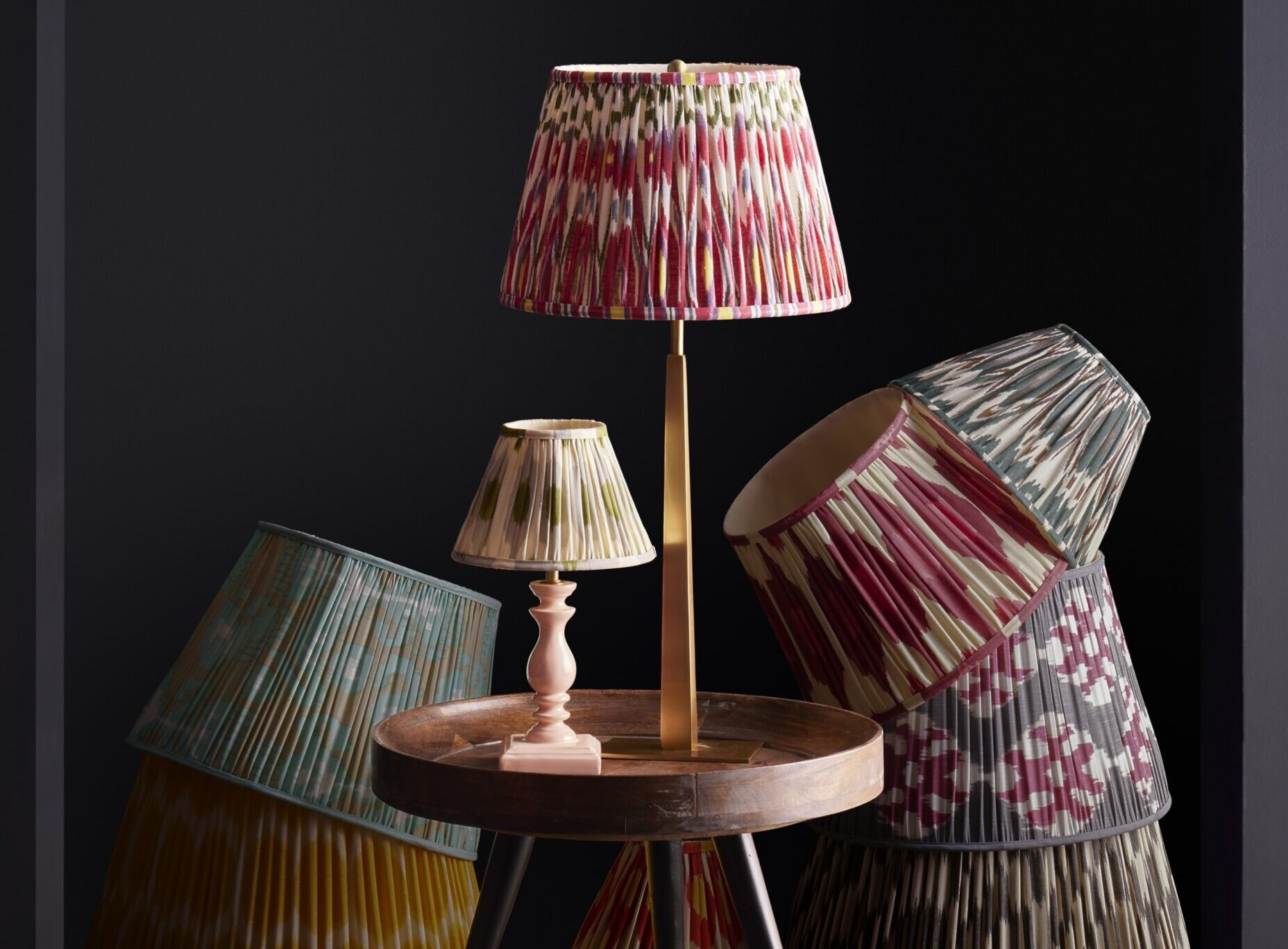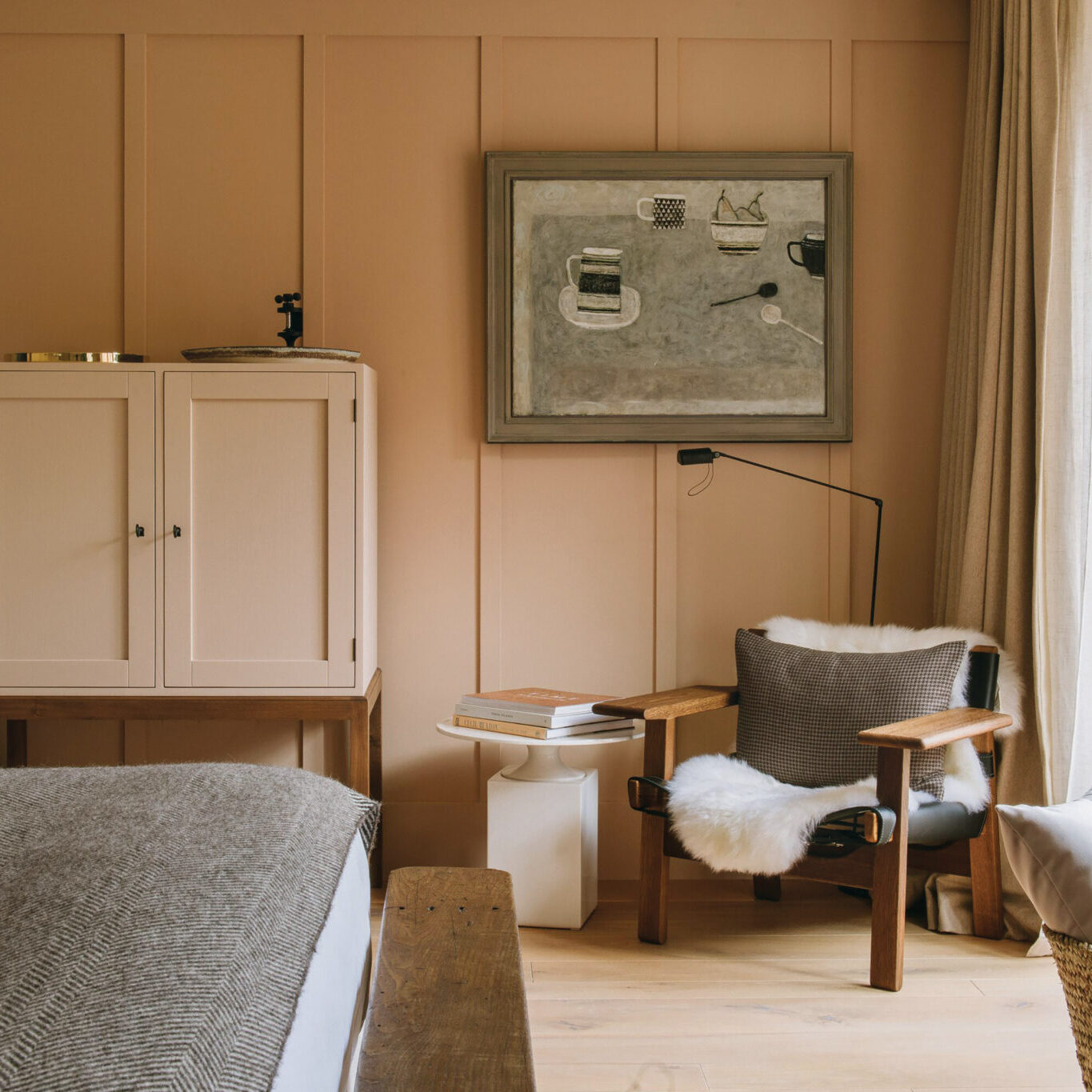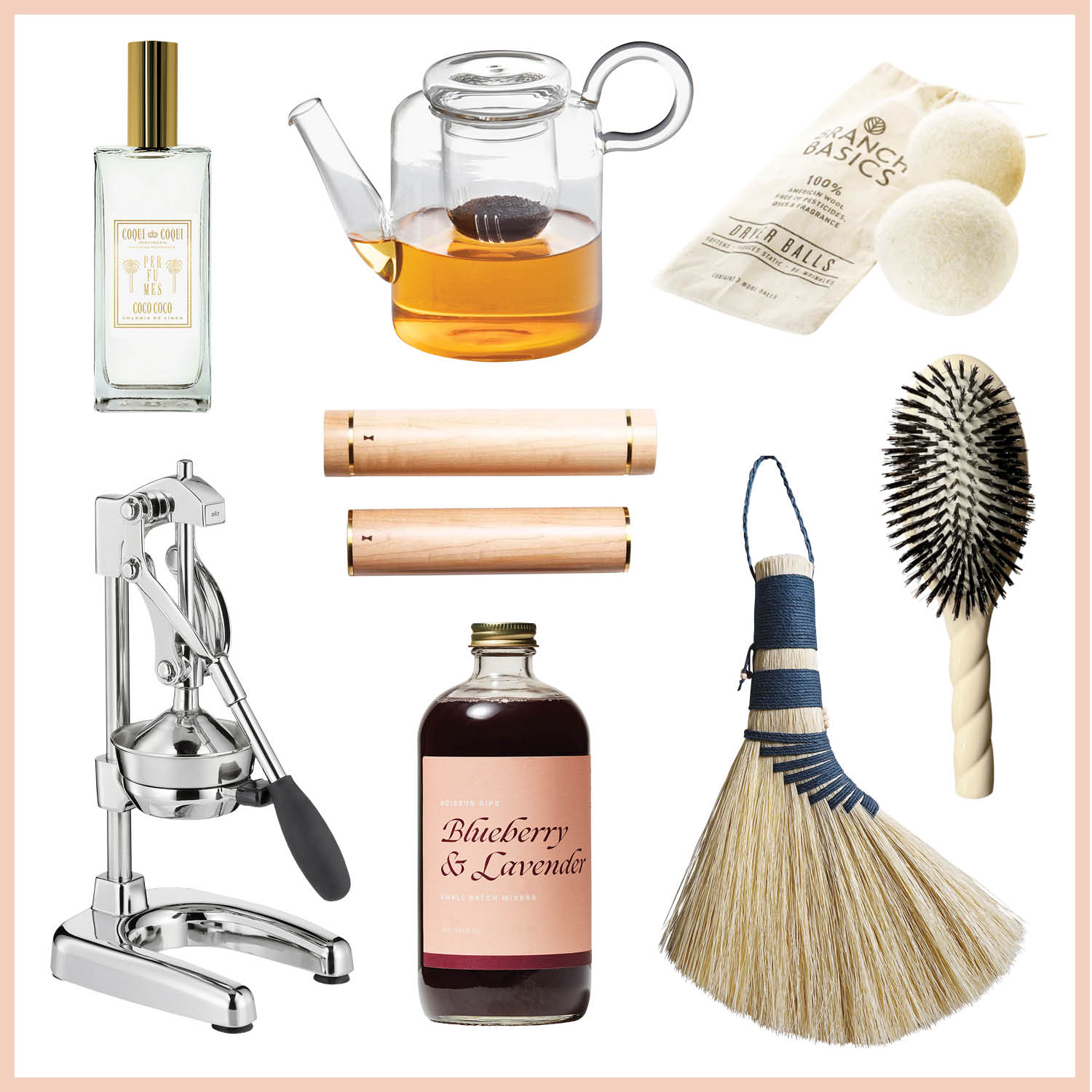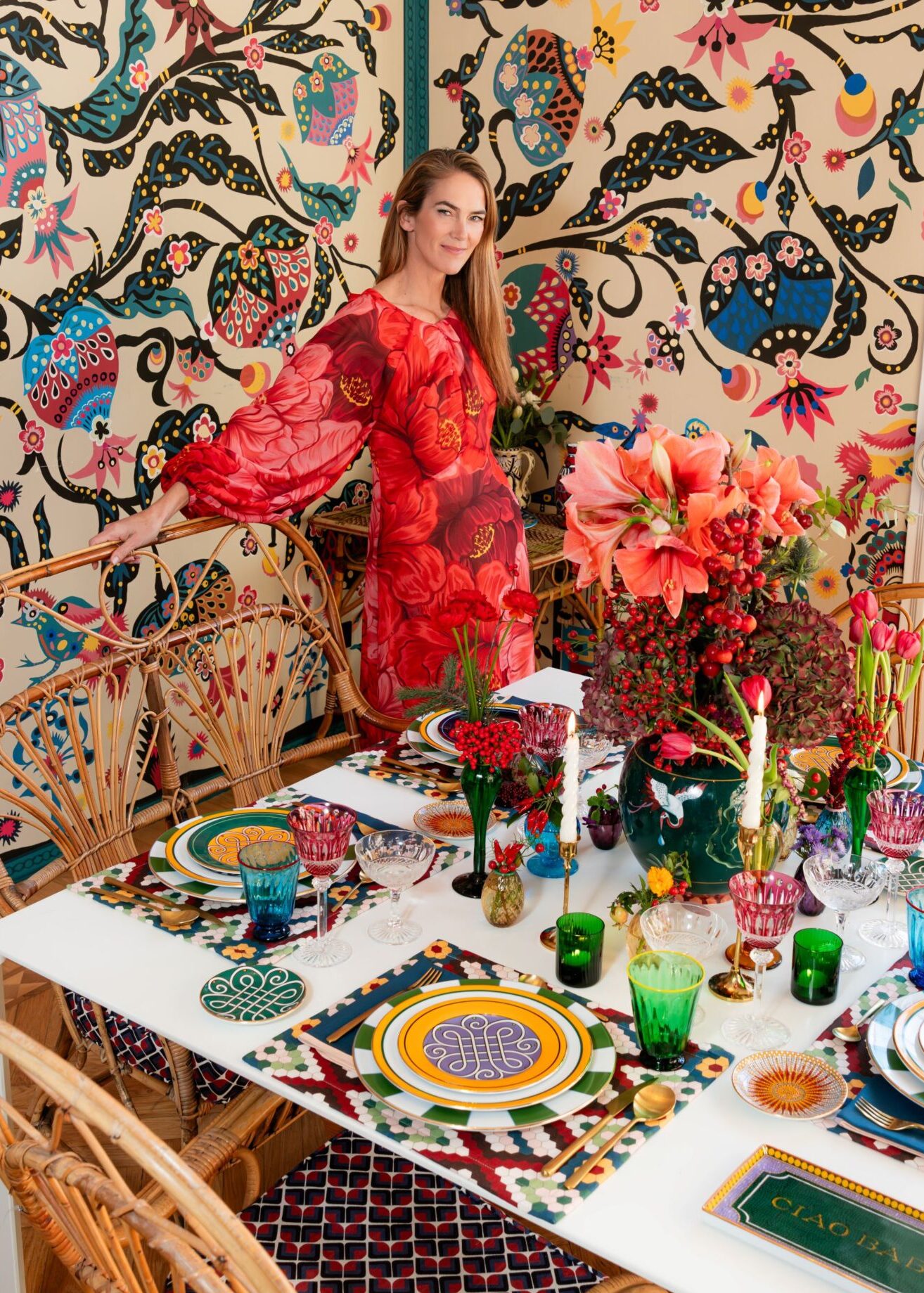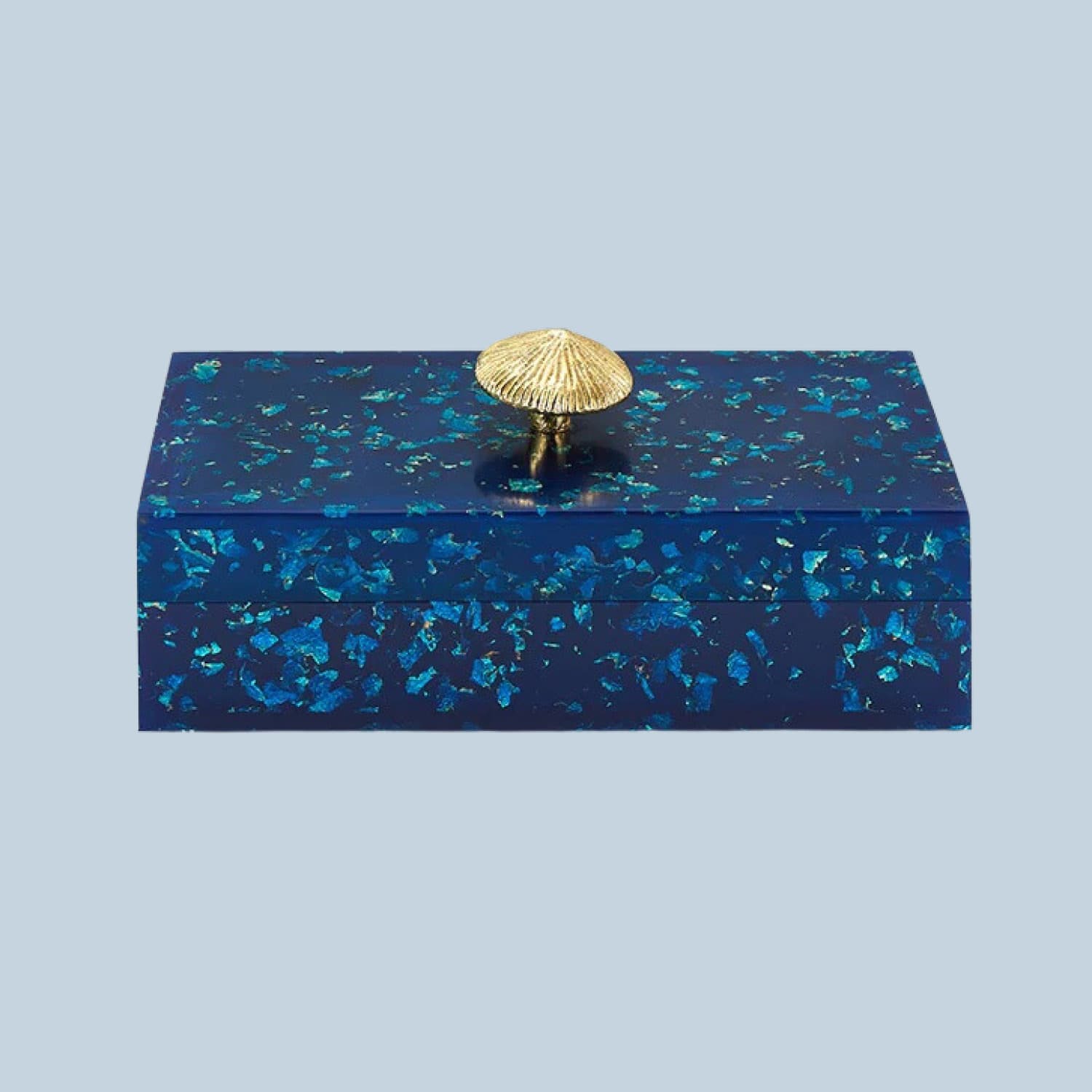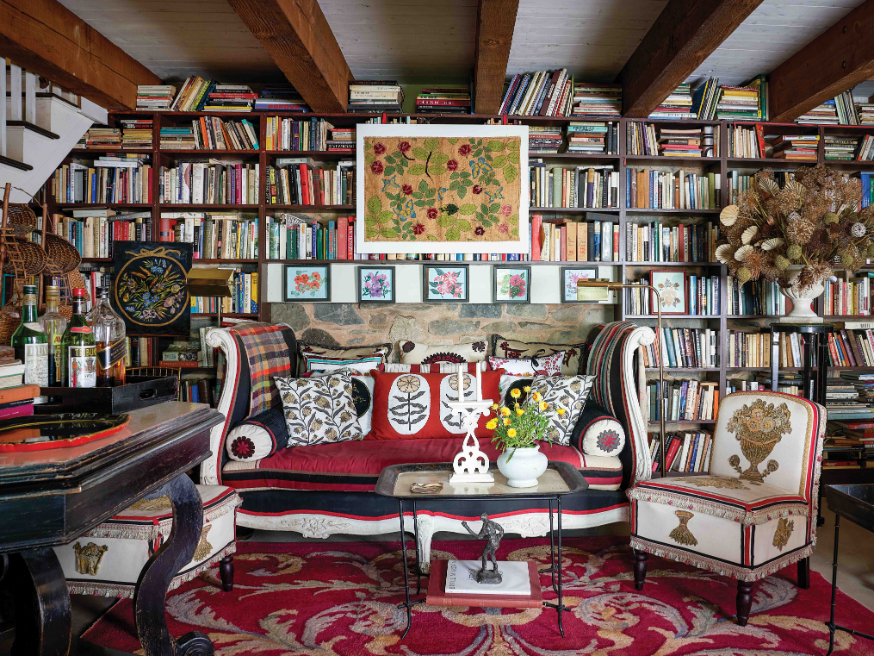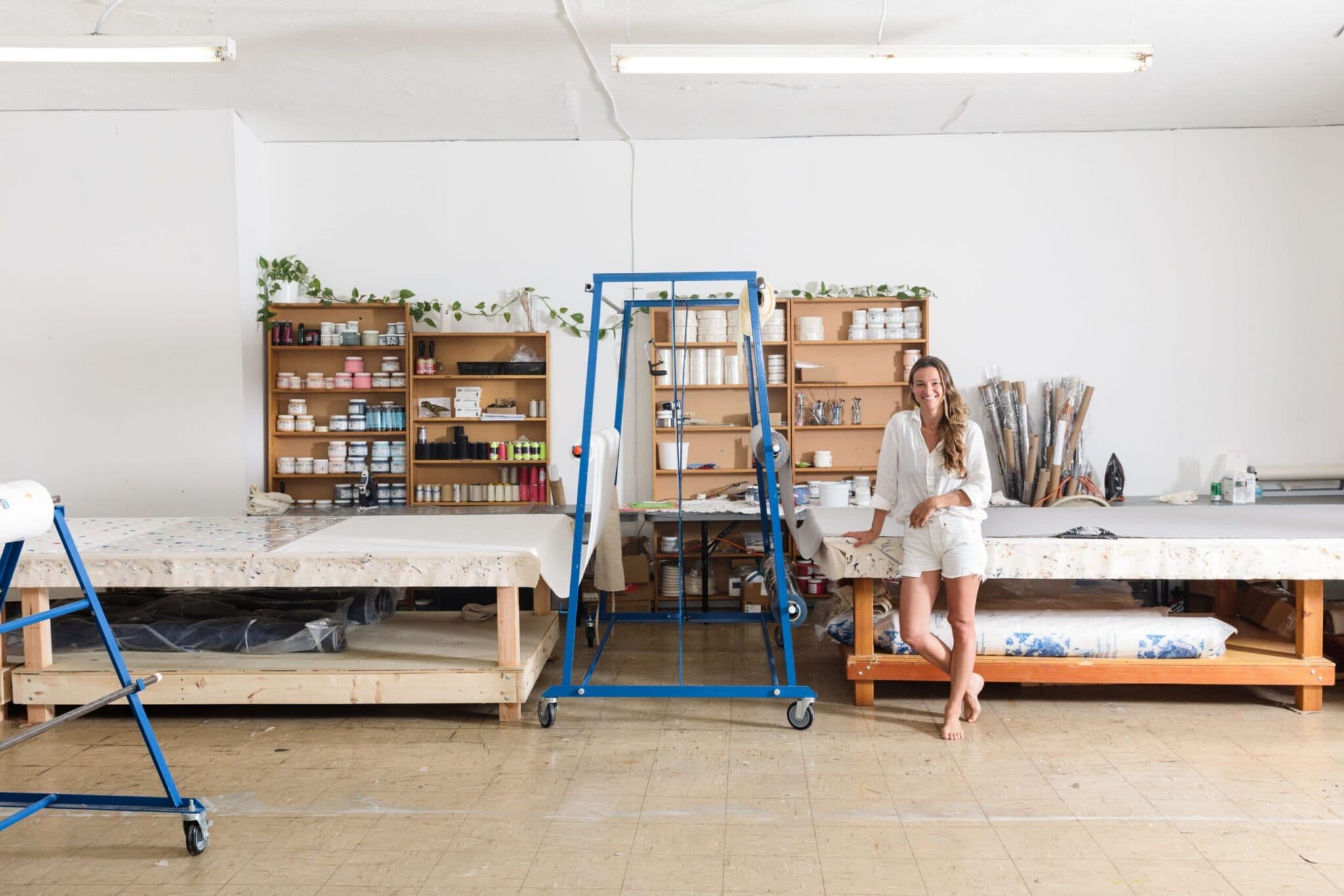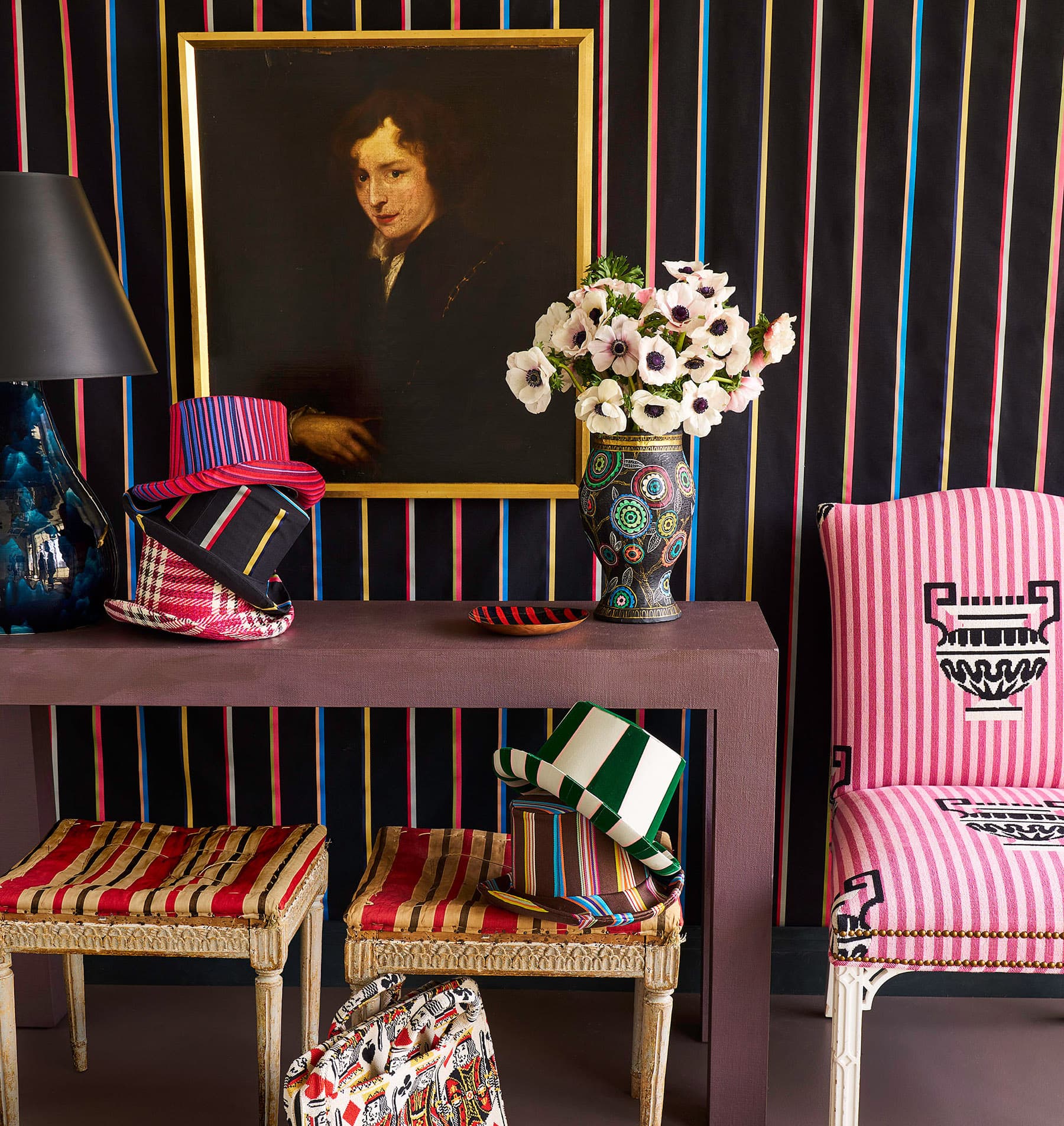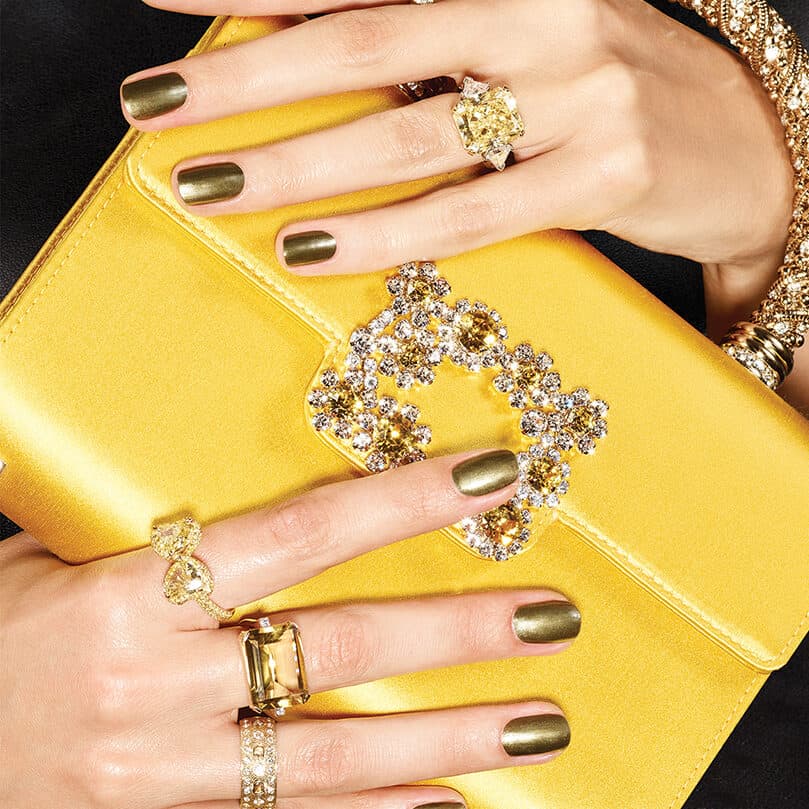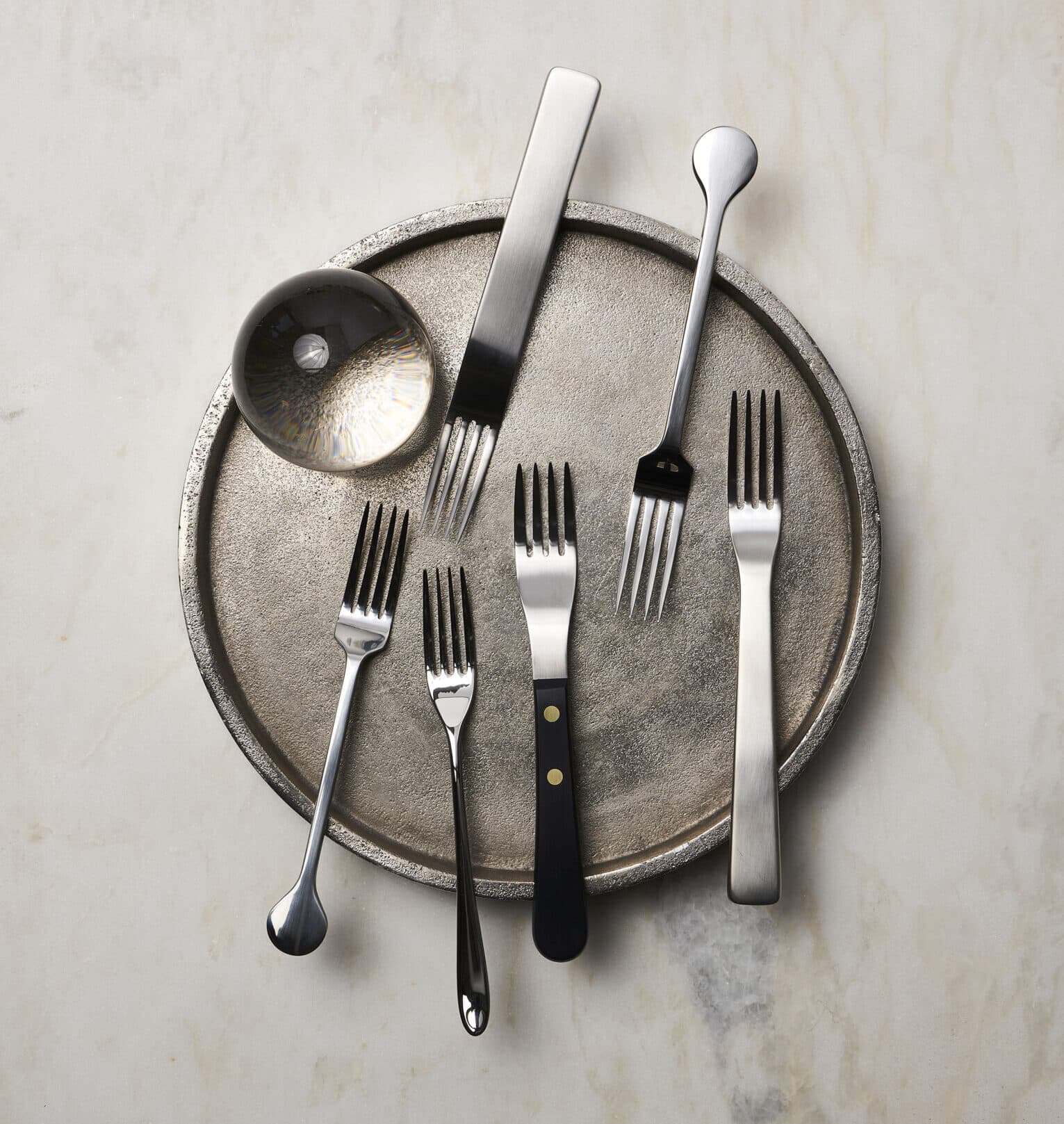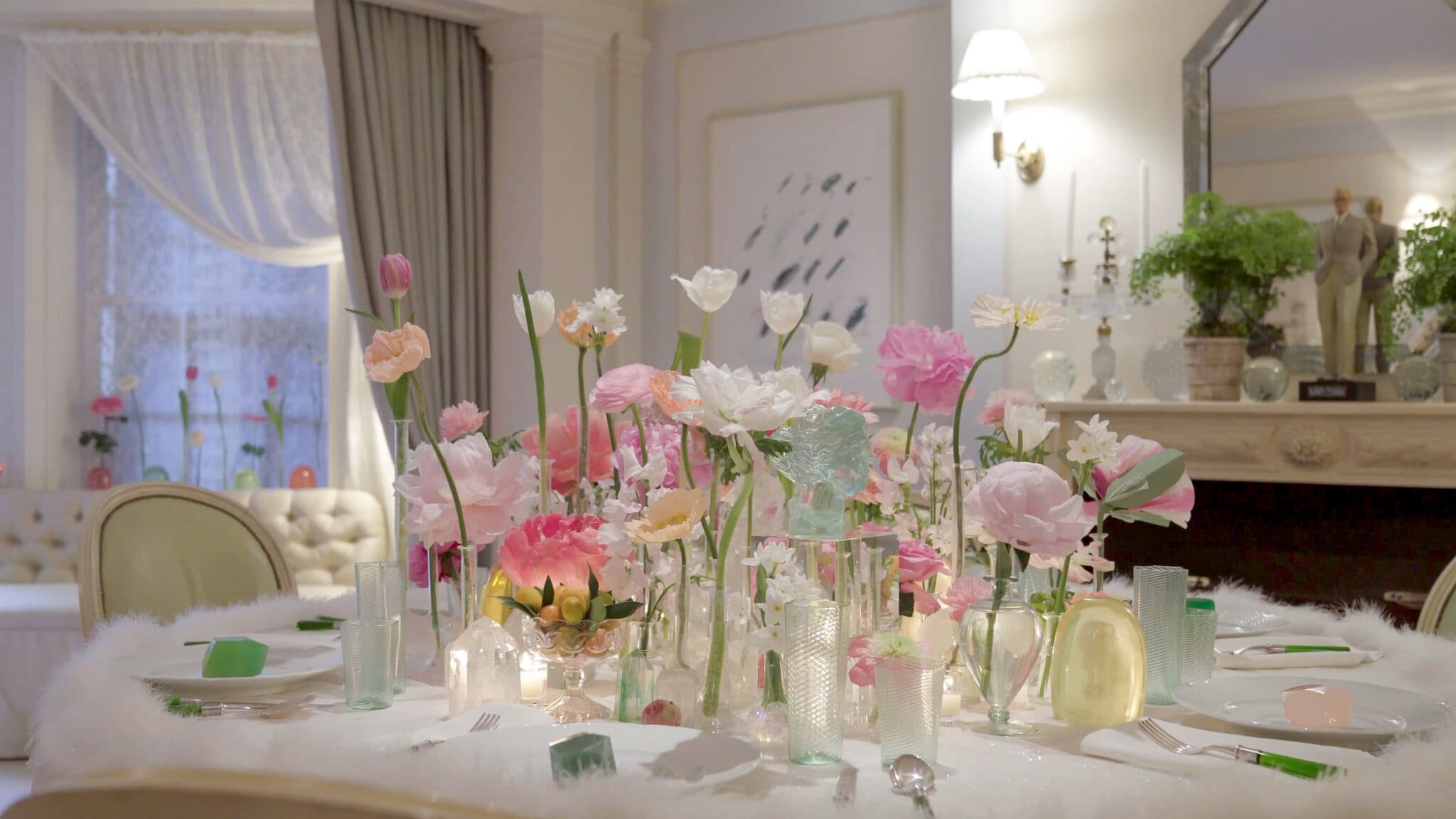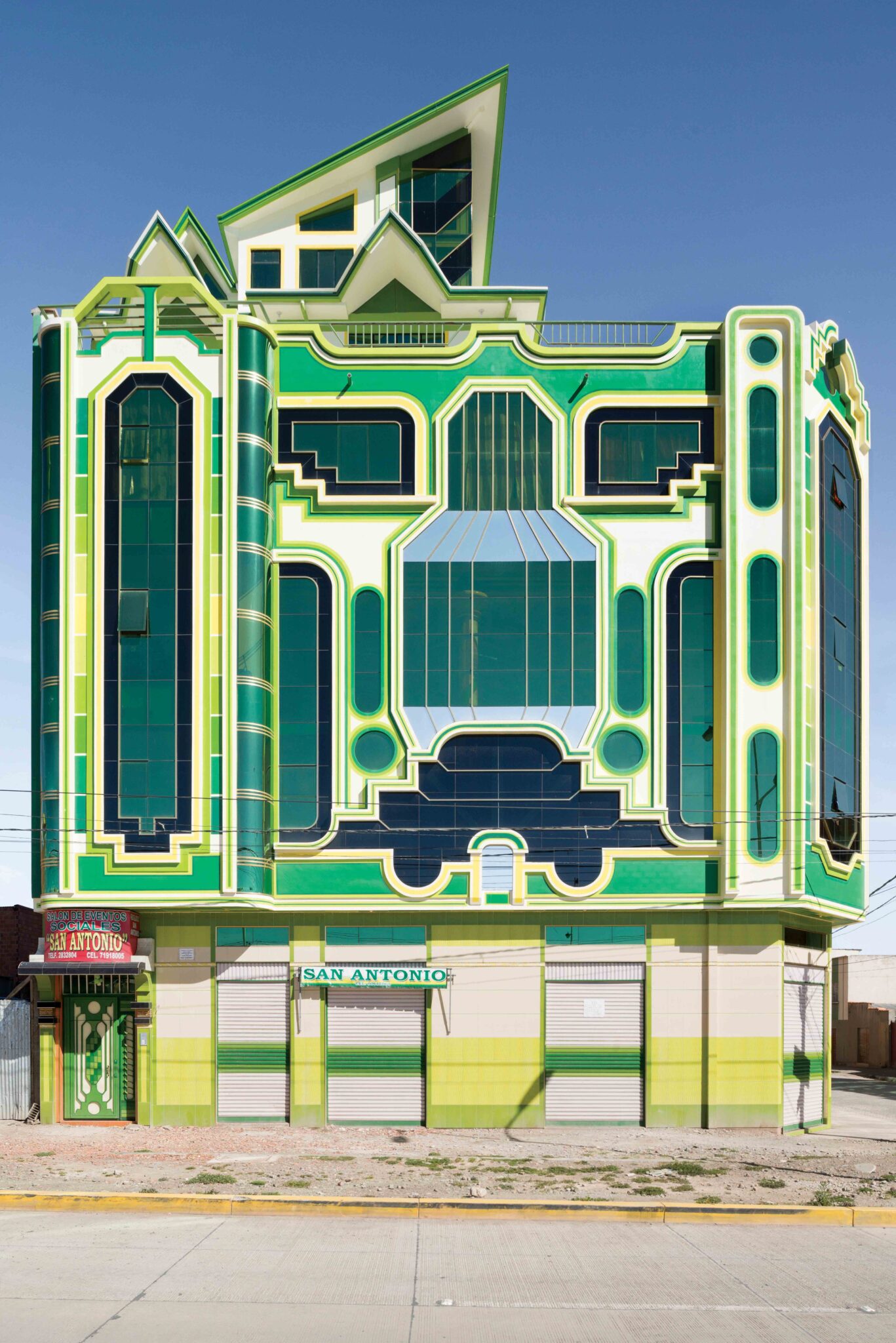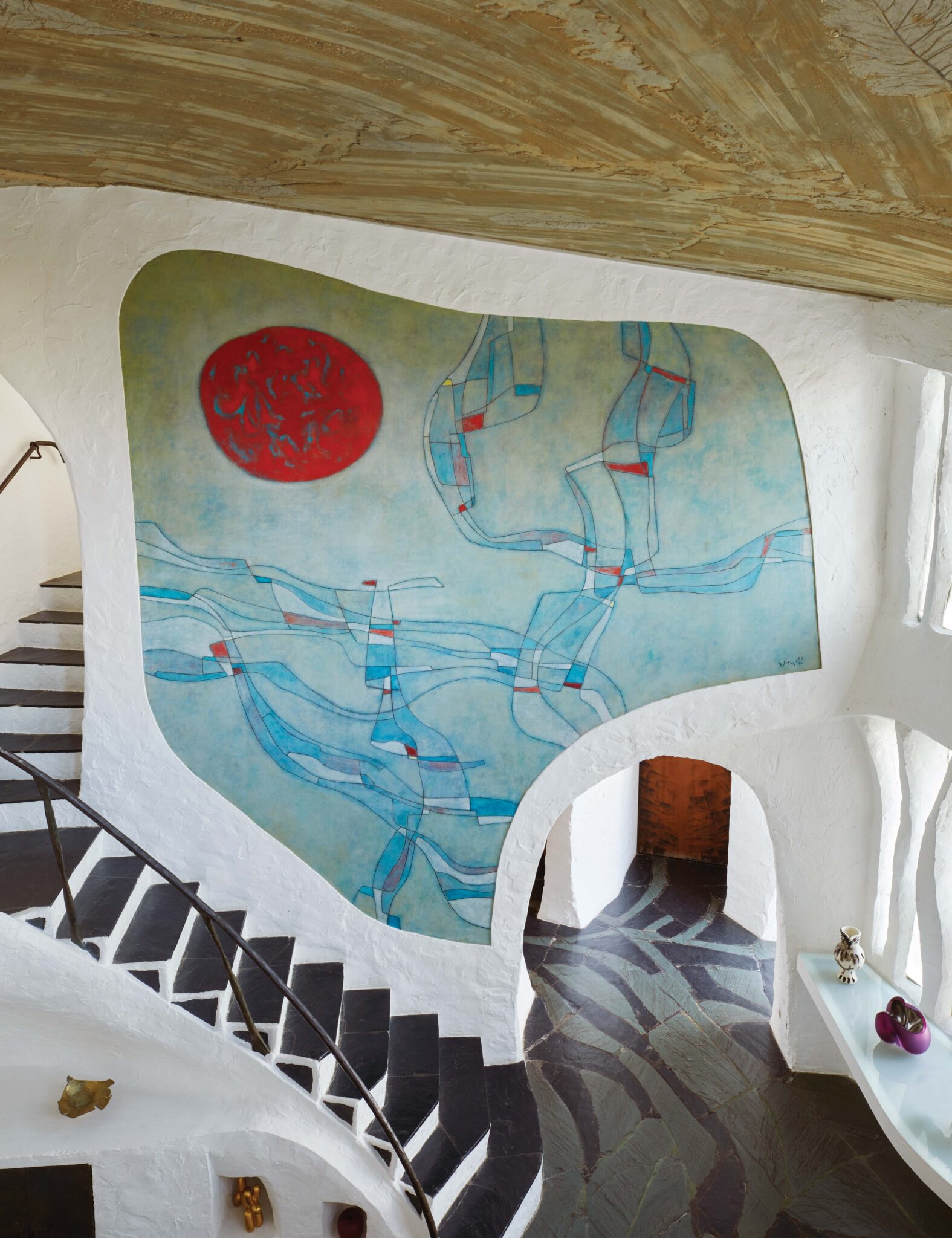
A painted floor can take what’s underfoot from forgotten to focal point. Whether you’re adding a big splash of color to a room or brushing it up with a subtle pattern, the inspiring possibilities for this often forgotten surface are virtually endless. Maximilian Piragnoli, owner of MTP Fine Painting, one of New York City’s premier paint services, gave us some essential pointers for achieving flawless painted floors.

Leave It to the Professionals
Find a pro with extensive experience specifically with floors, which are trickier to paint than walls and ceilings. Ask for a detailed estimate and get visual examples of their work.

The grey-on-grey palette and exaggerated scale soften the sharpness of this tumbling blocks pattern, which designer Sarah Bartholomew used to add a gentle rhythm to the room.Nickolas Sargent
Proper Prep is Key
Most floors just need a light sanding, but if an existing finish is chipped, hire a finisher to smooth it out before painting. Also, paint can bleed into the grain of floors stripped to bare wood. To avoid this, for floors getting full coverage, apply primer and basecoat before taping out the pattern. For floors just getting pattern painted onto bare wood, use specialty FrogTape, which seals at the edges and blocks seepage.

A not-so-subtle stripe acts as a unifying element in this living room by Bill Ingram, pulling together an eclectic collection of antique and modern pieces.Simon Watson
Be Patient
Floors take longer than most other paint jobs. The whole room has to be cleared out, and it’s slower going when you’re working on your hands and knees. Also, the acrylics in floor paints need to cure for seven days before furniture can be reintroduced. Expect a geometric with three colors to take three times as long—and cost 2.5 times more—than a solid color, because patterns need to be planned and taped out.

In a grand gesture, Barrie Benson put geometry on repeat, defining the floor as the undeniable center of attention in this formal-yet-fresh entryway.Brie Williams Photography
Only Use Paints Designed for Floors
Aside from a few rare exceptions, such as faux-marble designs, only use paints designed for floors—they’re made with specific enamels. Either way, be sure the proper protective clear coat is applied. If your client has kids or dogs, go for gloss over satin—it’s tougher.

A high-gloss yellow puts hue in the spotlight and injects a punch of personality into the delicate details of this Miles Redd-designed bedroom.William Waldron
Pick a Surface, Any Surface
Nearly any floor surface is fair game for a paint job, except maybe tile. It’s possible to paint over it, but the time and expense involved are impractical.

A classic checkerboard treatment grounds the space with a graphic pattern in this bathroom by designer Rita Konig and architect Gil Schafer.Eric Piasecki
PRODUCED BY HUDSON MOORE

